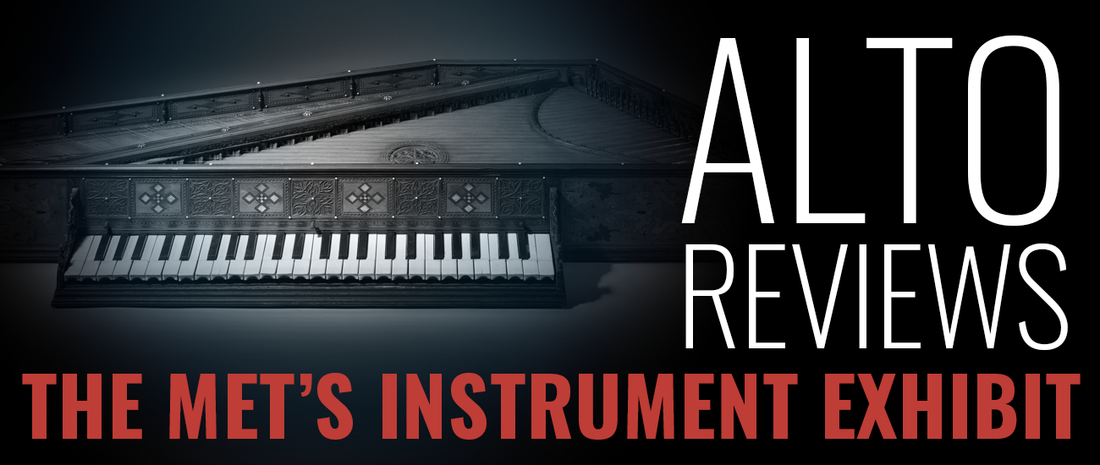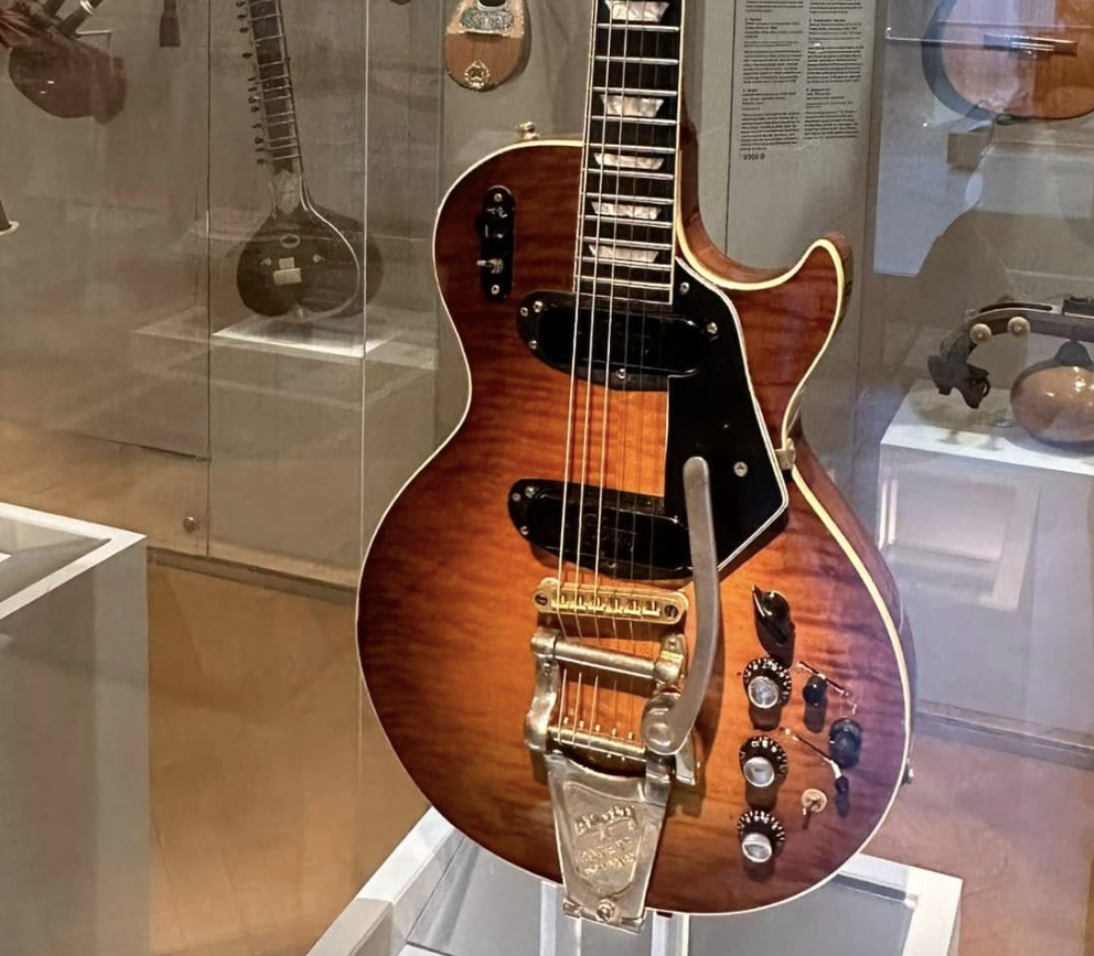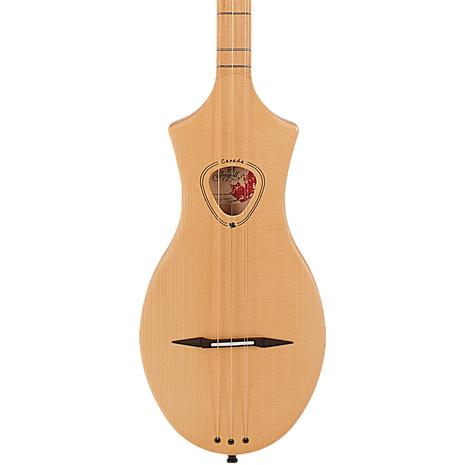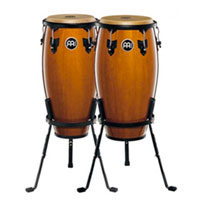


A Living Collection of Music and Mechanics
At the Metropolitan Museum of Art in New York City, the André Mertens Galleries for Musical Instruments present more than 570 instruments on display from a collection of over 5,000. Beyond their beauty, these instruments reveal the mechanics of sound, showing how craftsmanship, design, and cultural innovation shaped the instruments we know today.

The “Gould” Stradivarius Violin (1693)
Built by Antonio Stradivari, The Gould violin represents the pinnacle of violin-making. Its flamed maple back, spruce top, and golden varnish highlight Stradivari’s pursuit of tonal balance and resonance.
- Mechanics: Crafted with precision arching and wood density, its sound projects warmth rather than sheer volume.
- Acquisition: Donated to The Met in 1955 by George Gould, it remains playable, linking historic design to modern performance.
- Today’s Influence: Modern violins, while engineered for projection in large halls, still take cues from Stradivari’s craftsmanship.

The First Les Paul “Recording Model” Prototype
Les Paul’s 1982 Recording Model prototype marks a turning point in electric guitar history.
- Mechanics: Its simplified wiring and versatile pickups were tailored for both live shows and studio use.
- Acquisition: Now part of The Met’s growing guitar archive, it highlights America’s golden age of guitar innovation.
Today’s Influence: From Gibson to Fender, modern electric guitars carry the DNA of Les Paul’s ideas. Sustain, clarity, and tonal flexibility—the hallmarks of this prototype—still define recording sessions today.

The Gicak: A Bowed Folk Treasure
The Gicak, a bowed spike fiddle from Central Asia, connects ancient sound traditions to modern creativity.
- Mechanics: Featuring sympathetic strings and a carved wooden body, its buzzing, drone-like resonance contrasts with the polished clarity of a violin.
- Comparison to Today: While modern violins and cellos are precision-engineered, the Gicak’s handmade design showcases regional artistry.
Modern Echoes: Its voice can be heard in folk metal, where bands like Eluveitie and Korpiklaanie incorporate fiddles and traditional instruments into heavy riffs.
Tradition Meets Metal: The Hu
Mongolian folk metal band The Hu proves that traditional instruments can thrive in modern heavy music.
- Mechanics: They use the morin khuur (horsehead fiddle), tovshuur (two-stringed lute), and throat singing—ancient techniques rooted in Mongolian tradition.
- Modern Influence: Their “Hunnu Rock” combines these instruments with electric guitars and drums, creating a bridge between past mechanics and modern metal.
Global Reach: Like Eluveitie in Europe, The Hu shows how traditional craftsmanship thrives in the heaviest of genres.

Double Virginal - Lodewijck, 1600
Keyboards Through the Ages
From harpsichords and clavichords to Cristofori’s early piano-forte, The Met’s keyboard collection maps the birth of modern pianos.
- Mechanics: Harpsichords plucked strings, clavichords struck them softly, and Cristofori introduced the hammer action that created true dynamics.
Today’s Influence: These innovations live on in both Steinway concert grands and MIDI controllers.
In today’s studios, producers rely on MIDI keyboards to trigger samples and synths—the same mechanical ideas adapted for digital creativity.

A Mandolin Masterpiece by Angelo Mannello
Italian luthier Angelo Mannello crafted some of the most ornate mandolins of the late 19th century, and The Met houses one of his true masterpieces.
- Mechanics & Build: Featuring a bowl-back body, intricate pearl inlay, and a delicate soundboard, this mandolin embodies both artistry and acoustic precision.
- Historical Role: Mandolins were popular in European salons and folk traditions, and Mannello’s instruments stood out for their craftsmanship.
Modern Connections: Today, mandolins remain staples in bluegrass, folk, and even metal subgenres—bands like Eluveitie have drawn on its plucked textures alongside traditional fiddles.

Brass “Fanfare” and Modern Horns
The Fanfare Gallery showcases 93 brass instruments, from conch trumpets to Renaissance horns.
- Mechanics: Before valves, players relied on natural harmonics, demanding great control.
Today’s Influence: Modern trumpets, tubas, and horns use valves for full chromatic playability. Brass players in jazz, classical, and ska all benefit from this centuries-long evolution.

Harpsichord ca. 1670
Why It Matters
The Met’s Musical Instruments Exhibit doesn’t just preserve the past—it shows how ancient mechanics fuel modern creativity.
- Stradivari’s violin still inspires luthiers.
- Les Paul’s prototype continues to shape electric guitar design.
- Angelo Mannello’s mandolin represents craftsmanship still loved today.
- Folk instruments like the Gicak and morin khuur thrive in bands from Eluveitie to The Hu, proving that history still roars on today’s stages.
For musicians, fans, and makers alike, the exhibit is a reminder: every note we play is part of a centuries-long conversation between tradition and innovation.
Collections
-

Acoustic World Instruments
MERLINSGSPRUCE_1_1
Blog posts
View all-

Alto Music Holiday Gift Guide 2025
The Holidays Are Here — and So Are the Best Deals of the Year The holiday season can get hectic—but there’s no need to let the “holiday crunch” become overwhelming. At...
Alto Music Holiday Gift Guide 2025
The Holidays Are Here — and So Are the Best Deals of the Year The holiday season can get hectic—but there’s no need to let the “holiday crunch” become overwhelming. At...
-

Blast From the Past: 50 Years of "Wish You Were...
With industry success to back it up, many Pink Floyd fans consider "Dark Side of the Moon" the "greatest album" ever made. With the same breath, the fans (and the...
Blast From the Past: 50 Years of "Wish You Were...
With industry success to back it up, many Pink Floyd fans consider "Dark Side of the Moon" the "greatest album" ever made. With the same breath, the fans (and the...






